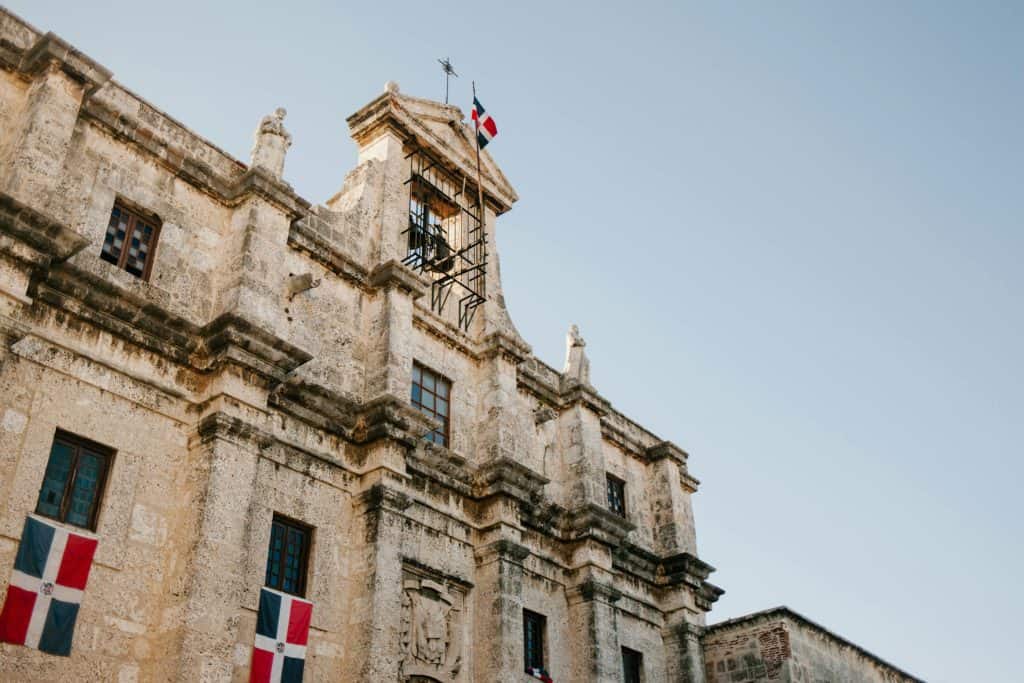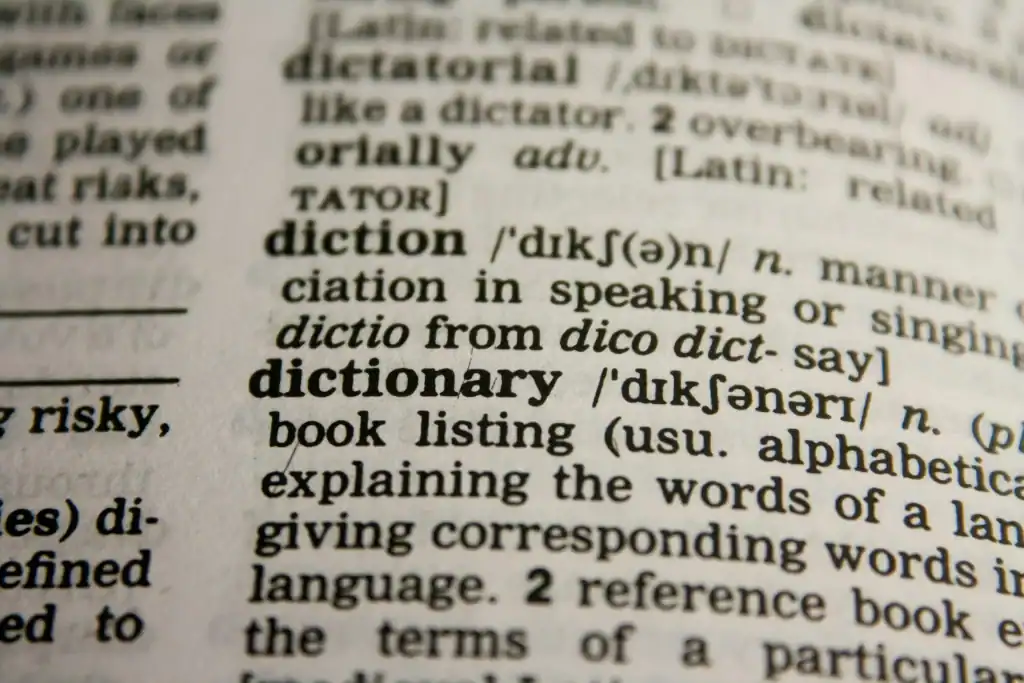My first summer weekend in Medellín, I was feeling pretty slick. Ten years of Caribbean living had trained me to navigate Dominican banks, motoconcho haggling, and the labyrinth that is Santo Domingo rush-hour banter. Yet one little blue icon on my Colombian friend María’s phone humbled me faster than the hottest ají. “¿Me haces un Nequi?” she asked, eyebrows up, thumb poised. I blinked, debit card in hand, and muttered something in Spanglish that translated roughly to: “Can I just pay you next century?” In that awkward pause, I realized that to truly learn Spanish beyond survival mode, I also had to learn its apps, emojis, and tiny money-moving verbs. This post is the field guide I wish I had that night, a cross-Caribbean map to splitting bills via Nequi and Daviplata while sounding like you were born texting in Spanish.
The Night I Accidentally Tipped a Taxi Group Chat
It started innocently: pizza, craft beers, an Uber back to El Poblado. In the DR I’d tap my BanReservas app, screenshot the transfer, toss it into a WhatsApp group chat, and call it a day. In Colombia, though, everyone’s financial bloodstream is Nequi or Daviplata. María forwarded me a QR code. I misread the amount and—because decimal points flip between countries—sent 150,000 pesos instead of 15,000. My generous goof funded the driver’s late-night buñuelos, and the chat dissolved into laughing emojis. The moral? Decimal points and diminutives are tricky; so is sounding natural when begging for a refund. But moments like these force you to learn Spanish in the wild, where misclicks become memory anchors.
Why Money Talks Differ in Colombia and the DR
El Cariño Caribeño: Cash, Face, and the Colmadón
In the Dominican Republic, money conversations still lean on in-person warmth. Picture the neighborhood colmadón, plastic chairs spilling onto the sidewalk, bachata floating through battered speakers. You shout, “¡Apúntame esa Presidente!” and the cashier scribbles it on a paper tab. Even digital transfers feel personal—your banquero might greet you with “Mi amor, ¿cómo amaneciste?” before asking for your account number. The verbs apuntar (to put on a tab) and fiar (to buy on credit) live side by side with jokes and nicknames. This rhythm shapes the phrases you’ll need if you plan to learn Spanish as an expat in the DR.
La Fiebre Fintech Colombiana
Colombia, meanwhile, has sprinted into the fintech future. Nequi and Daviplata let you zap the smallest amount of pesos with a swipe, and Colombians treat them like an extra limb. The country’s huge internal migration—Bogotanos in Medellín, costeños in Bogotá—makes instant transfers vital. When the waiter drops the factura, you’ll hear “¿Me mandas tu Nequi?” before you can fish out your wallet. Understanding that sentence structure, tense, and tone is key if you want to learn Spanish that feels native to Colombia’s urban pulse.
Core Phrases for App-Based Bill Splitting
The verb that rules this realm is nequear—yes, they’ve verbed the app. A Colombian might say, “Te nequeo la mitad ahora mismo.” In Dominican Spanish you’d more likely hear, “Te hago una transferencia por el Banreservas.” Same function, different flavor. By absorbing these micro-differences, you don’t just learn Spanish; you collect cultural passwords.
Context also shifts pronouns. Among close Colombian friends, “tú” reigns: “Tú me pasas y yo pago.” With older colleagues, switch to “usted”: “¿Me podría enviar el valor por Daviplata, por favor?” Dominicans sprinkle endearments: “Oye, mi hermano, mándame ese menudito cuando puedas.” If your goal is to learn Spanish that adapts fluidly, tune your ear to who says what, and to whom.
Another pitfall is how each nation shrinks numbers. A Colombian may drop thousands entirely: “Son veinte” means 20,000 pesos, not twenty. In the DR, “dame quinientos” might be 500 pesos. Don’t panic—ask, “¿Veinte mil, verdad?” and watch how respectfully correcting yourself actually earns street cred.
Spanish Vocabulary for Digital Dinero
| Spanish | English | Usage Tip |
|---|---|---|
| Nequear | To send money via Nequi | Colombia-only verb, informal but common. |
| Davipear | To send money via Daviplata | Less widespread than nequear, but trendy. |
| Chancletazo | Stern warning (lit. flip-flop hit) | Dominican joke if someone forgets to pay. |
| Lucas | Cash/money | Colombia slang, plural: “unas lucas”. |
| Menudito | Loose change | Dominican, affectionate tone. |
| Cuadre | Bill settlement/balancing | Use: “Hagamos el cuadre”. |
| Pasar | To transfer money | Neutral across Latin America. |
| Rinde | Stretch (money) | Colombia: “Que rinda la quincena”. |
| Chipiá | On credit | Dominican slang from “fiar”. |
| QRear | To scan/pay by QR code | Colombian tech-savvy youth, playful. |
Example Conversation: La Cuenta del Brunch Bogotano
Camila (Colombia): ¿Bueno, ya cuadramos la cuenta?
Camila: All right, shall we settle the bill?
James (me, DR-trained): Dale, pero esta vez pásame tu Nequi que no lo tengo guardado.
Sure, but this time send me your Nequi number; I don’t have it saved.
Camila: Te lo escribo acá: 300-123-4567. ¿Me nequeas treinta?
I’ll type it here: 300-123-4567. Can you Nequi me thirty (thousand)?
James: Claro. Espera, ¿treinta mil o treinta lucas? —es lo mismo, pero pregunto.
Of course. Wait, thirty thousand or thirty “lucas”? —same thing, just checking.
Camila: Treinta lucas, parce, no te enredes. (Colombia slang)
Thirty thousand, dude, don’t get tangled.
Julia (Dominican friend): Ey, si sobra algo me avisan, que ando chipiá.
Hey, if there’s anything left over let me know, I’m on credit right now.
Waiter (formal, Colombia): Con permiso, ¿alguno va a davipear la propina o la incluyen?
Excuse me, is someone going to send the tip by Daviplata or include it?
James: Yo la incluyo, parcero. Aquí va.
I’ll include it, buddy. Here it goes.
Camila: ¡Listo! Gracias, usted sí es una nota. (Colombia)
Great! Thanks, you’re awesome.
Julia: En RD decimos que eres un bacano.
In the DR we’d say you’re cool.
From Chat to Chévere Pronunciation: Practical Tips
Typing money verbs helps, but voice notes cement rhythm. When I’m back in Santo Domingo, the seseo and dropped s sound remind me to lighten endings: “páhame” instead of “pásame.” In Bogotá, crisp consonants return, along with that affectionate “¿Listo?” at the end of sentences. Record yourself saying, “¿Ya me nequeaste?” in both accents. Play them side by side. This gamey self-feedback keeps the brain elastic and makes the process to learn Spanish feel like music practice rather than homework.
Emoji usage can be linguistic too. Colombians lean on the 👍 when acknowledging receipts; Dominicans love the 🙏 or even a dancing merengue guy. Mirror the emoji, and you mirror the culture. Remember, language isn’t only vowels and verb tenses; it’s the tiny digital gestures that whisper, “I belong here.” That mindset shifts learning Spanish from a chore to an identity upgrade.
Final Musings from a Globe-Trotting Colmadón Stool
Bouncing between two shores—Malecón breezes one month, Antioquian mountains the next—has sharpened my ear more than any textbook. I’m convinced that to truly learn Spanish, you must let yourself be the newbie who overpays a taxi chat, ask locals to explain decimal points, and laugh at your own linguistic bruises. App-chat Spanish is living Spanish: fast, messy, and generous. Dive in, screenshot your mistakes, and keep a running note of every new verb you hear. Then come back here and tell me—what cross-country phrase stunned you, and how did it taste when you finally said it out loud?
Drop your stories or fresh vocab below; I’ll be here refilling the virtual cerveza, ready to swap slang from whichever Wi-Fi esquina I land next.


